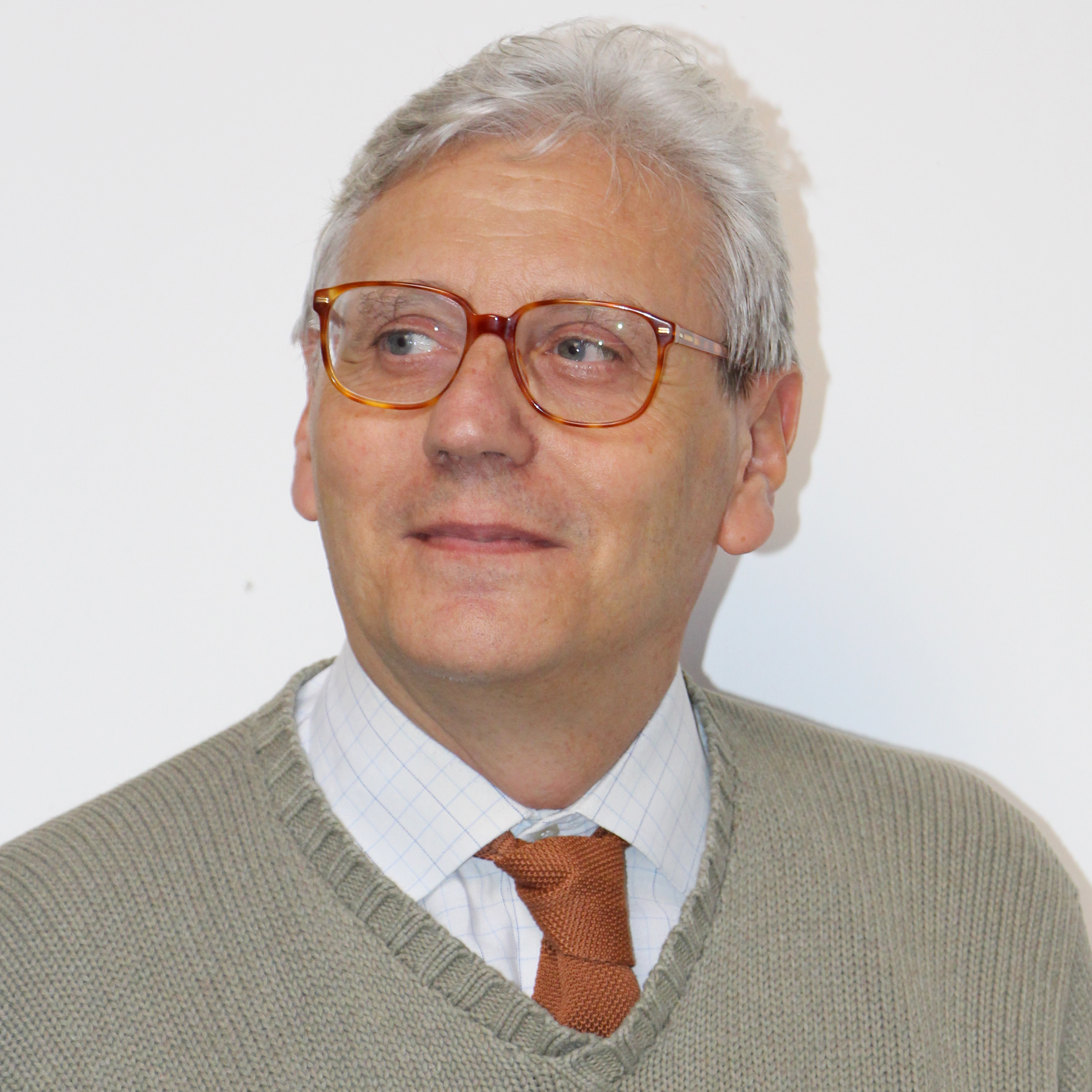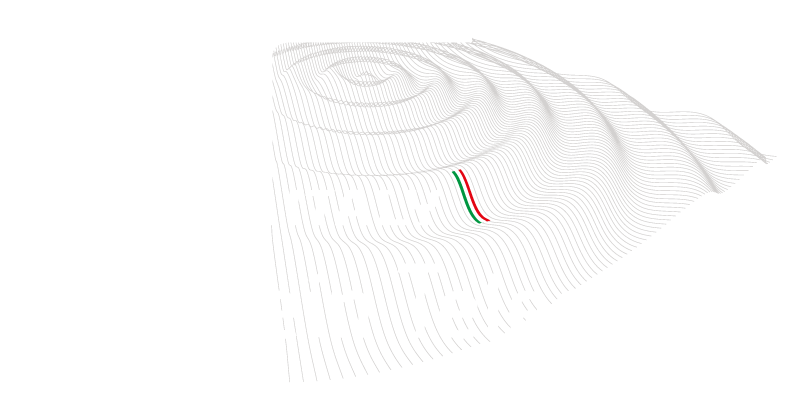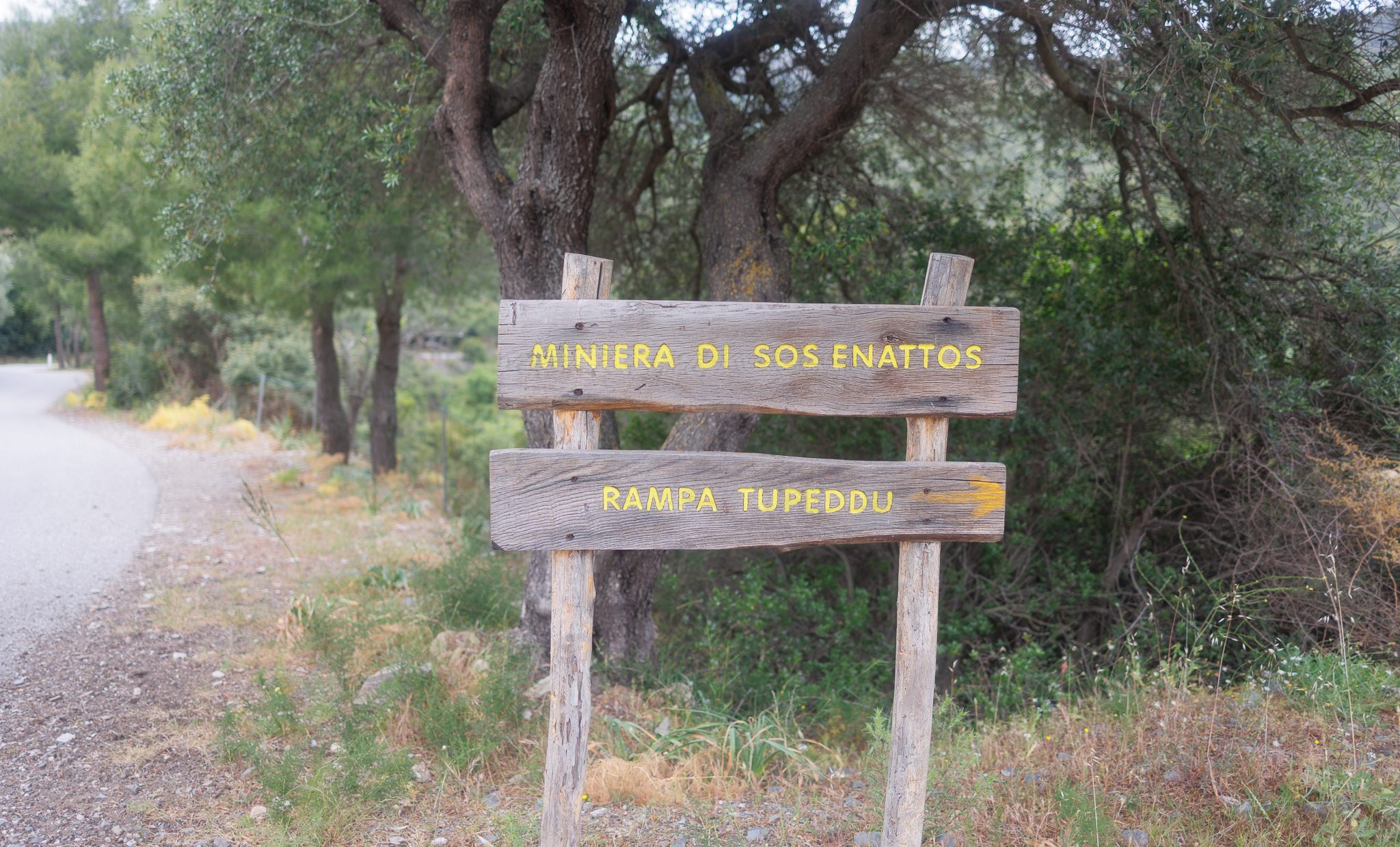The area around the Sos Enattos mine, in the province of Nuoro, in Sardinia, has been identified as an ideal site to host the Einstein Telescope, thanks to its low seismic noise, limited human activity, and geological features. But what was the process that led to choose this site, among the many considered, as a candidate to host the future gravitational wave observatory? We need to go back over 15 years, when gravitational waves had not yet been discovered and researchers in the field were divided between updates to existing experiments, which would soon become the “second-generation” (Advanced LIGO in the United States and Advanced Virgo in Italy), and even more ambitious projects that were already looking to the next generation.
One of the protagonists of that period was Fulvio Ricci, professor of experimental gravitational physics at the Sapienza University of Rome and former spokesperson for the Virgo experiment: in this role, in 2015, he had the honor to announce to the world, simultaneously with his US colleague David Reitze, the first direct observation of gravitational waves. But Ricci also played a decisive role in choosing the site of Sos Enattos: a story that deserves to be told directly by himself.

Fulvio Ricci
Professor Ricci, what were the first steps of the Einstein Telescope project?
Between 2007 and 2008, we were heavily involved in defining the limits characterizing the sensitivity curves of the ongoing experiments. In particular, we obtained approval for the Advanced Virgo project, the second generation of the experiment, after achieving a detector sensitivity condition where the experimental curve matched the theoretical prediction: it was an important step that gave us confidence that our models of interferometer sensitivity were correct. All this pushed us to think even bigger, to the point to imagine a new detector with even more advanced technologies, which could go beyond the limits of Advanced Virgo. We thus simultaneously started some longer-term research, focusing on several problems limiting the sensitivity of interferometers for gravitational waves. For example, within the European Commission’s Framework Programme 6, we obtained funding for the study of thermal noise reduction.
Then what happened?
The real turning point for the birth of the Einstein Telescope project was the subsequent European call, the Framework Programme 7: the European gravitational observatory EGO, mainly driven by Michele Punturo from the Perugia section of INFN (current spokesperson of the ET scientific collaboration, ed) and Jo van den Brand from the Dutch research center Nikhef, got funding to define the conceptual design of a new experiment, which then led to the publication, in 2011, of a volume laying down the scientific and technological foundations of ET. This project was a real watershed, also because it strengthened the European scientific community, which at the time was essentially divided into two fronts: the English-German part, almost entirely focused on LIGO, and the Italian-French-Dutch side, working on Virgo.
Parallel to the development of the conceptual design of ET, potential suitable sites where to install the future experiment were also explored: I remember that some PhD students and researchers from Nikhef started traveling around Europe to assess the seismic quality of some possible locations, particularly in Hungary, Bulgaria, Spain, and the Netherlands.
And in Italy, what were the first options considered?
The Italian ideas that emerged during this initial survey were Gran Sasso, which already housed the INFN underground Laboratories, and a site in Sicily, not far from Agrigento, near a salt mine. However, both areas presented strong critical issues, primarily of seismic nature (Abruzzo had just been hit by the violent earthquake of 2009), but also geological: the Sicilian salt mine, for example, did not seem particularly suitable because it was very close to the sea, not to mention that the strong saline component would not have been able to guarantee sufficiently stable ground for such a sensitive experiment.
So, at the end of 2009, I started consulting Italian seismic maps to understand which areas might be most suitable, and I remembered that Adalberto Giazotto, co-founder with Alain Brillet of the Virgo experiment, before converging on the Tuscan site of Cascina, had thought about Sardinia (a notoriously not seismic land) as a possible location for the interferometer. So I decided to further study Sardinian seismic maps, focusing particularly on areas around disused mines. And I started calling, from my office at La Sapienza, the managers of these mines.
And this is where we finally get to Sos Enattos…
After some unsuccessful attempts, Gianluca Loddo, manager of the disused mine of Sos Enattos, in Lula, answered me. Initially, he was a bit suspicious, also because I introduced myself as a professor from the National Institute of Nuclear Physics, forgetting that at that time, in Sardinia, there was a lively debate about the possibility to host nuclear waste in the Sardinian region. In short, the word “nuclear” immediately put my interlocutor on the defensive: he perhaps feared a proposal for storing nuclear waste in his disused mine… I immediately clarified the misunderstanding, specifying that our experiment concerned gravitational waves and had nothing to do with nuclear waste; furthermore, I explained that at the moment we would only have to carry out some seismic noise measurements. Loddo’s distrust decreased, but not completely: however, he agreed to meet me at the mine. When I went there for the first time and had the opportunity to explain the project in more detail, he was very kind and helpful, suggesting to send a letter to IGEA, the company that manages disused mines in Sardinia, to request authorization to carry out some preliminary measurements. So I did, and after some time, I finally received the first clearance: we then started bringing our instruments to Sardinia.
How did those first measurements go?
The adaptation was not easy at all because we were used to work in a laboratory, while in this case we had to gear up to take measurements in the field. In the first data collection session, our Dutch colleagues also helped us, bringing to Sos Enattos their seismic monitoring system, while we installed our seismograph. Although we did not have the best possible equipment available, after just three days of data collection the results were very clear: that site was absolutely the best we could find for an experiment of this type.
Did these initial results give you the decisive push to move forward, or did you have to overcome other obstacles?
At that time, the main problem was finding funds that would allow us to continue the monitoring work. This only happened between the end of 2011 and 2012, i.e., over a year after the first measurements. At that point, however, we decided to collect data over a longer period, also to verify any seasonal effects, correlating them with data collected from a meteorological station located outside the mine. Once again, the measurements confirmed the excellent quality of the site, and the same happened with all subsequent campaigns until today. In the meantime, the candidacies of almost all the other sites fell through, for both scientific-geological and political reasons, leaving on the table (to date) only those of Sos Enattos and the site in the Euregio Meuse-Rhine region.
In the whole process, how important was the relationship with the Sos Enattos miners?
The collaboration with the miners has been extremely positive from the very beginning, as well as very useful for our needs: without their availability and courtesy, but above all without their practical support, we would never have been able to do everything we had in mind. And this synergy continues to be crucial even today.

